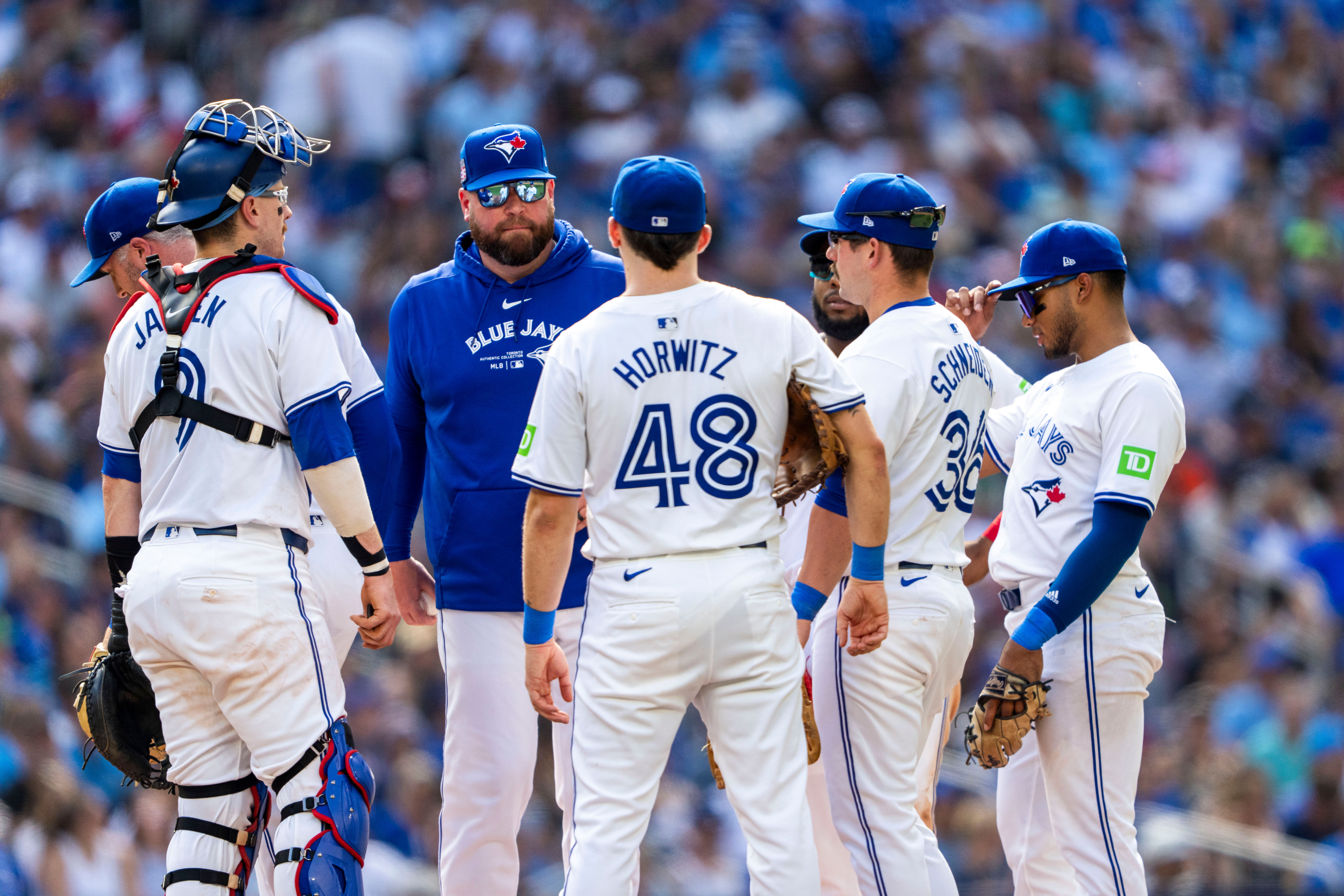
What does MVR stand for in baseball? Exploring the important MLB rule
In baseball, where every movement can change the game, MVR or Mound Visits Remaining is important. The number of times a team goes to the pitcher’s mound in a game is limited by Mound Visits Remaining (MVR) with far-reaching implications on game control and strategy.
A mound visit occurs when either a coach, manager or player from the defensive team walks up to the pitcher. These interactions have several uses such as calming nerves during tense moments or discussing defensive strategies. This umpire keeps track of them since they are required to be within certain limits so as not to slow the pace of the game or make it unfair.
There is also a limit to making only one mound visit per pitcher per inning. If the same pitcher is visited twice in one inning then he must be removed from the contest.
Evolution and Impact of Mound Visit Rules
Over time, mound visits have been regulated differently due to changing dynamics of baseball and fans’ expectations. In previous years, mound visits could be done without any formal restrictions, allowing teams to confer with pitchers freely. However, Major League Baseball (MLB) introduced some limitations because it was concerned with the slow pace of play.
Before 2016, there were no time limits on mound visits but Major League Baseball (MLB) implemented a 30-second limit for each visit starting in 2016 for faster games and better viewing experience. Consequently, total mound visits allowed per team have suffered multiple cuts: from six visits in 2018, reduced further to five in 2019 and down to four as of the 2024 season.
Purpose and Strategic Importance of Mound Visits (MVR)
The primary objective behind limiting these visits is to ensure a smooth flow of games while keeping spectators engaged throughout this process. These are not just random breaks but rather strategic platforms exploited by teams who wish that they can be given a chance after another.
A well-timed mound visit can provide critical relief to a struggling pitcher, help in defensive alignment, or even replace a pitcher in response to offensive strategies by their opponents.
Not all interactions between the mound and the dugout will be counted as visits; there are exceptions. Some different things which include visits made right after an offensive substitution or where it is believed someone could be injured do not count against the prescribed number of visits allowed per team. These details helps teams to work within the limits without losing out on possible penalties or strategic disadvantages.
MVR truly represents tradition and innovation converging in baseball. Just like the game itself, its rules have changed over time in order to maintain competition and entertainment value. By understanding MVR, one can grasp how it can be used to regulate tempo in a match but more importantly appreciate how it impacts strategic dynamics in play on the diamond.